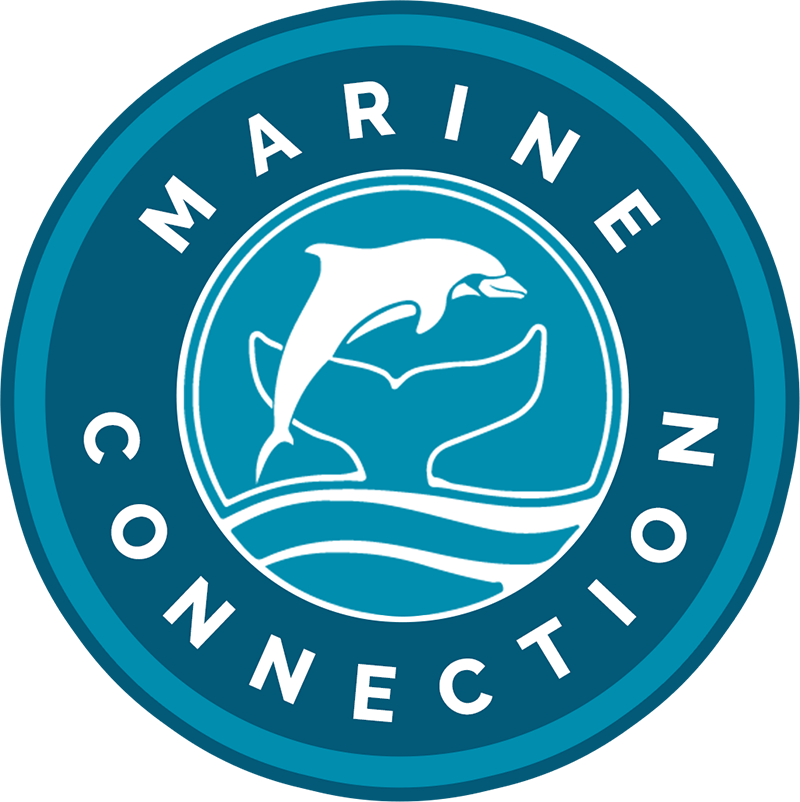 On July 24, one of the Southern Resident Orca population in the Pacific North West gave birth to a female calf. This was very welcome news, but sadly the calf died shortly after birth and her mother, known as Tahlequah or J35, is today still carrying around her calf’s body.
On July 24, one of the Southern Resident Orca population in the Pacific North West gave birth to a female calf. This was very welcome news, but sadly the calf died shortly after birth and her mother, known as Tahlequah or J35, is today still carrying around her calf’s body.
For some time now experts studying his population of orcas, listed as endangered in 2005, have raised concerns over the lack of their main food source, Chinook salmon which make up around 80% of the whales’ diet. Chinook salmon themselves have been listed as endangered due to several issues including urban development (which has led to a loss of habitat), fishing, pollution and the construction of dams stop the rivers running freely – essential for the upkeep of salmon stocks.
A study published in 2017, showed that this lack of food for the orcas was resulting in nutritional stress; responsible for causing reproduction issues, ranging from difficulty with conception to failed pregnancies. When nutrition is poor the whales are unable to sustain pregnancies and those which do reach to full term may not have the nourishment required to grow and survive.
Southern Resident Orcas are already under pressure from increased shipping, habitat loss, pollution and noise, and the stress lack of food is adding to this pressure may just push the population over the edge. The sad thing is that it would be relatively easy to do something to relieve at least one aspect of this pressure. By breaching the dams in the lower Snake River, it would allow the rivers to run freely and the salmon to return and help sustain the orca population. This was the case with the Elwha River, since dams were removed the resurgence of nature has been astounding.
So, is this latest tragedy to hit the Southern Residents a reflection on concerns which have been raised for so long by experts and the public alike? If so, surely those in authority, who have been approached constantly to act to save these orcas, can no longer ignore this dire situation. Time is running out, this population are near the point of no recovery and possible extinction.
Sadly we cannot bring Tahlequah’s calf back to life, but we can do something now to stop further suffering for this dwindling population which currently numbers only 75 individuals. The orcas need these salmon to survive and they need it now – it’s that simple. Breaching the lower Snake River dams would help restore the fragile ecosystem and give hope for their future survival – if we can achieve that perhaps the death of this calf, and her mother’s suffering, will not have been in vain.



